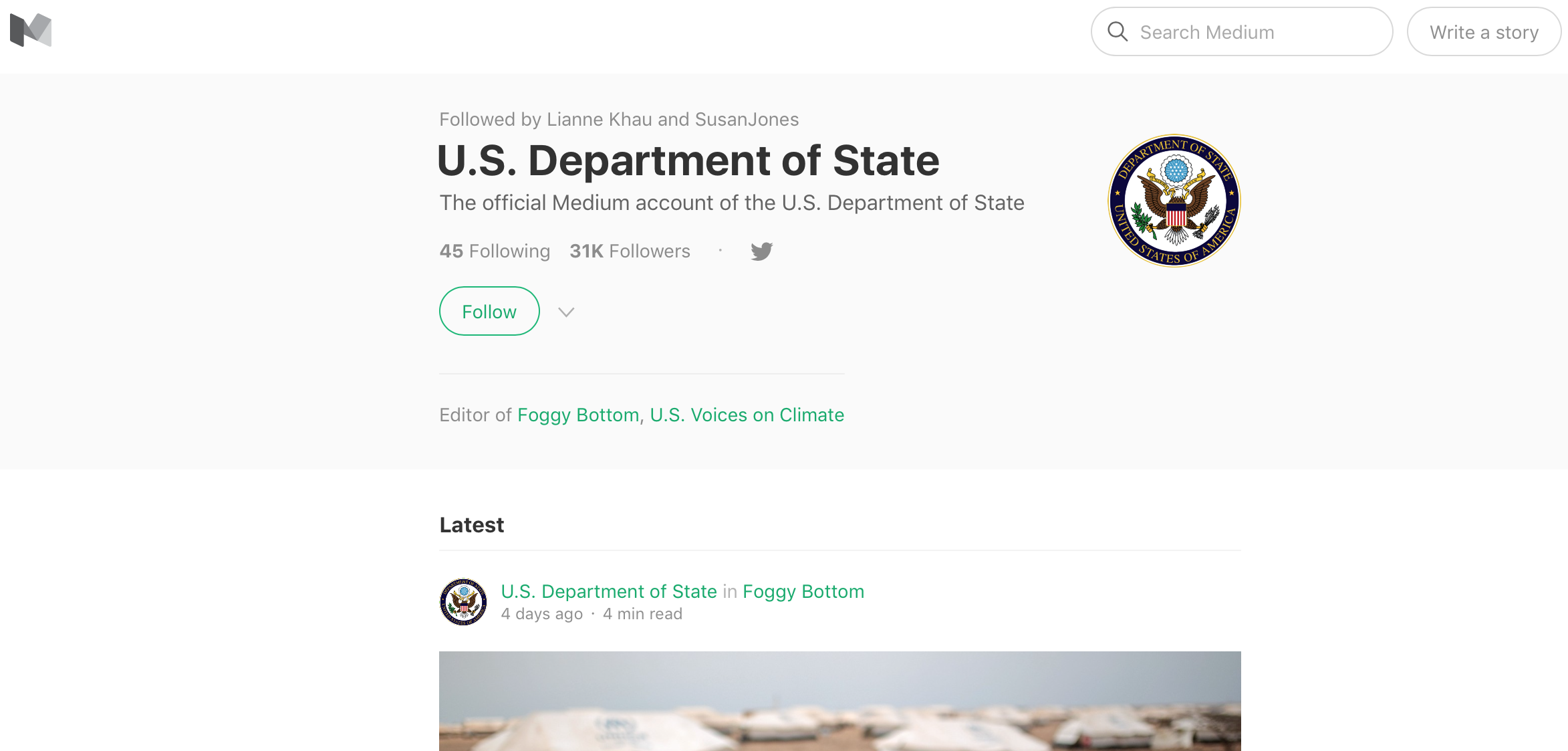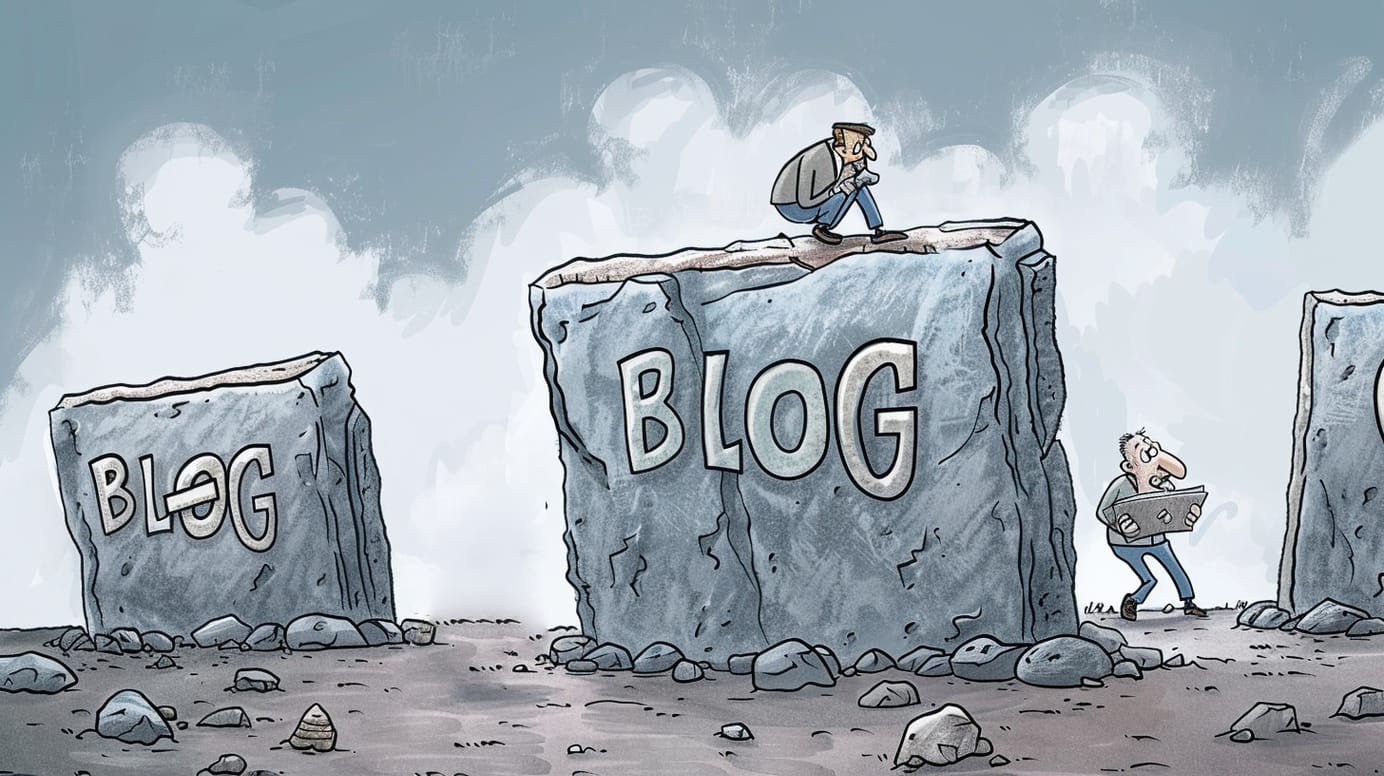
Medium: cutting journalists out of the news equation
There’s a certain genius to Medium that I think gets easily lost.
Medium has solved the biggest problem in blogging: maintaining a blog.
Look, running a blog is hard work. I’ve been running this one for 12 years now, and it remains a hungry beast gnawing at my mind, reminding me that it needs feeling with juicy, tasty posts, or it will die.
Finding, building and maintaining a readership is the hardest part of blogging. And it does’t get easier over time, either.
A ready-made audience

Medium take that pressure away. Have you found a decent Twitter following and have something longer to say? Hey, turn to Medium, where you have the opportunity to write – and find an audience however infrequently you post.
The part of this that should alarm the journalism profession is that this is another way of cutting us out of the equation. That’s no accident. Medium is actively courting US politicians:
In a sign of how much Medium is banking on Washington’s frustration with traditional news outlets, the San Francisco-based company established a D.C. office last spring and has spent months recruiting new voices in Washington.
Working mostly out of a shared work space on Pennsylvania Avenue, just blocks from the Capitol, Medium’s small team has worked the phones and done face-to-face meetings in coffee shops and congressional offices, making the case for its service and training prospective users on the most effective ways to use it.
Sources go direct
Dave Winer has been talking about this possibility for years – he calls it “sources go direct“:
What it means is that now the newsmakers and the people who want news are directly connected.
The newsmakers don’t need the intermediaries to reach the people who they influence.
I’ve understood this longer than most because the press stopped believing that my software had a market right around the time I discovered the web. So with nothing to lose, I decided to try to talk directly to the people I cared about, at first via email, and then through the web, and it worked!
The social graph – the networks of connections and relationships that social networks harvest from us – makes this a much more viable proposition for people who don’t find it natural and easy to write for the web the whole time to find a readership when they have something to say.
We are no longer the gatekeepers of that dissemination role. And that challenges us to understand what our role is in this new dynamic between those who are newsworthy and those who want to read about them.
Interesting times, indeed.
Sign up for e-mail updates
Join the newsletter to receive the latest posts in your inbox.










